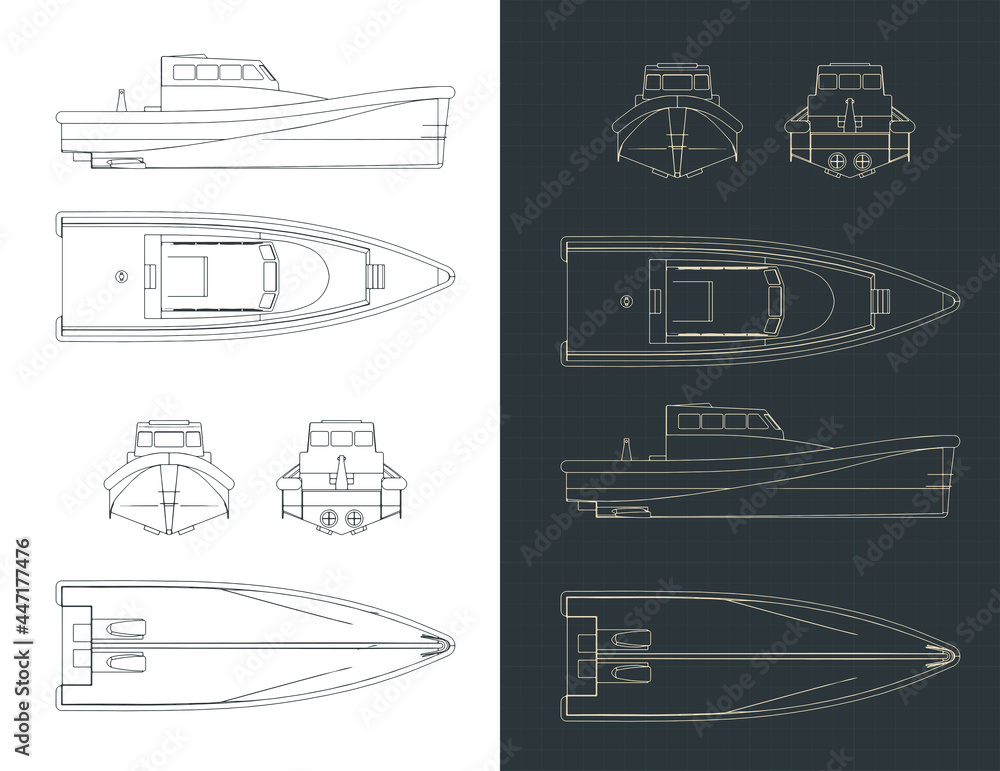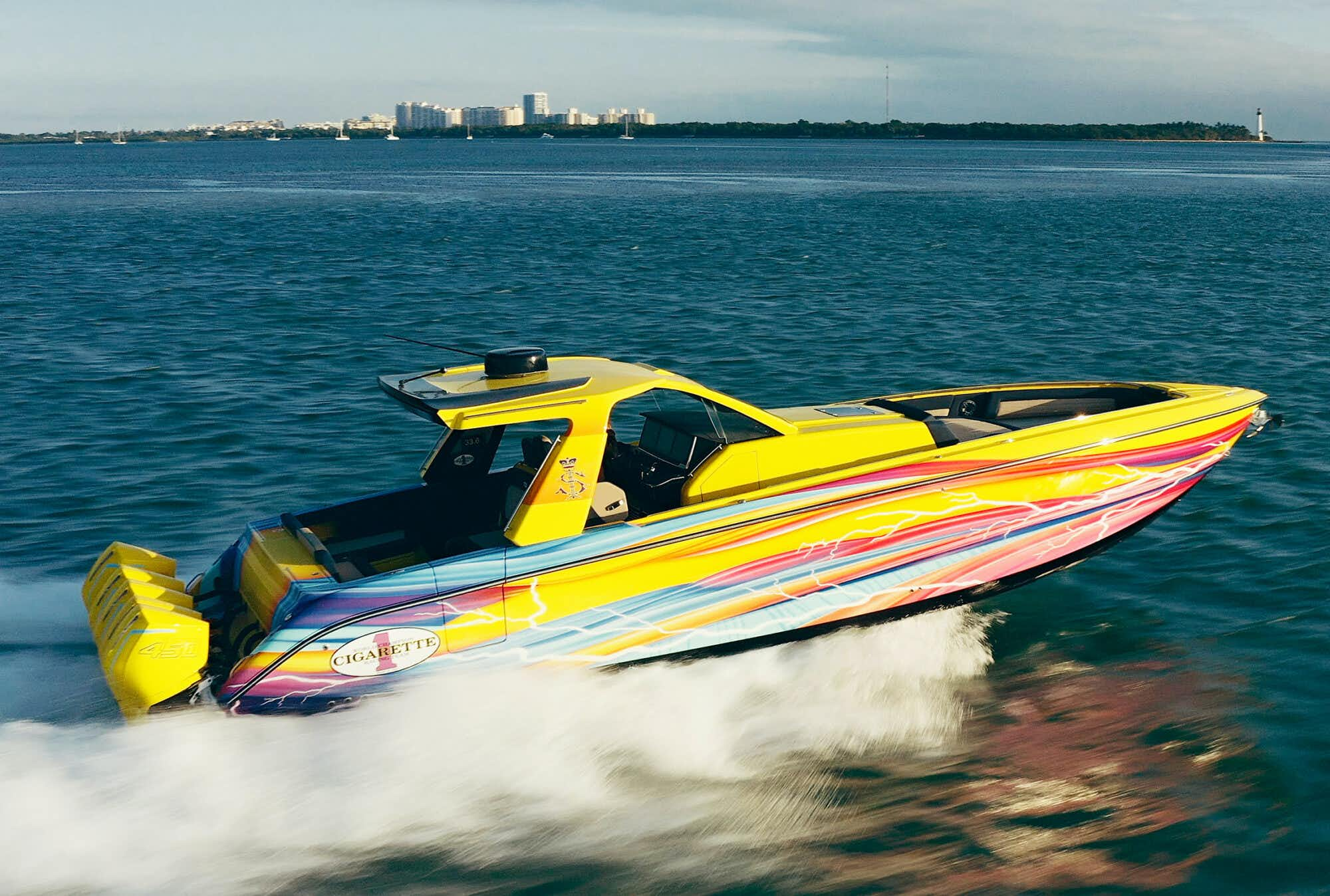
Beyond the Plans: Unveiling Hidden Gems in Wooden Boat Building
Building a wooden boat is a journey, not just a project. While countless books detail the technical aspects, "How to Build a Wooden Boat with Expert Tips and Techniques" (let's call it "the Book")â€"and indeed, most resourcesâ€"often gloss over the less tangible, yet equally crucial, elements. This review aims to explore those hidden gems, focusing on insights rarely discussed, supported by recent research and real-world experiences.
The Psychology of Plank: Why Do We Build Boats?
Before diving into epoxy and fiberglass, let's address the elephant in the workshop: Why? The Book, like many others, focuses on the "how," neglecting the vital "why." Recent studies in occupational therapy highlight the therapeutic benefits of woodworking, suggesting that the repetitive motions and problem-solving inherent in boat building can alleviate stress and improve cognitive function. (Reference: American Occupational Therapy Association, 2023 publications on therapeutic woodworking). But it's more than just therapy; it's about connecting with something primal, a tangible link to history and craftsmanship.
Q: How does understanding your motivation impact the building process?
A: Recognizing your "why"â€"be it stress relief, a connection to heritage, or simply the thrill of creationâ€"shapes your approach. A builder driven by stress relief might prioritize mindful, slow progress, while one pursuing a historical recreation will prioritize meticulous accuracy. This self-awareness can prevent burnout and enhance the overall experience.
Beyond the Blueprint: Embracing Imperfection and Innovation
The Book provides detailed plans, but real-world boat building rarely adheres strictly to them. Wood is a living material; knots, grain variations, and unforeseen defects are inevitable. This is where the true craftsmanship emerges. Instead of viewing imperfections as setbacks, consider them opportunities for creative problem-solving.
Q: How can we leverage “mistakes†as learning opportunities?
A: Documenting your process, including mistakes, is invaluable. Consider keeping a detailed logâ€"photographic or writtenâ€"that tracks your decision-making. Analyzing these “failures†can inform future projects and prevent repetition. Furthermore, embrace the unique character that imperfections introduceâ€"a slightly skewed curve, a uniquely shaped knotâ€"can add character and even enhance the beauty of your finished boat.
The Unsung Heroes: Sourcing and Sustainability
The Book touches on wood selection, but rarely delves into the ethical and environmental considerations. Recent data from the Forest Stewardship Council (FSC, 2023) highlights the importance of sustainably sourced lumber. Choosing responsibly harvested wood not only reduces your environmental impact but also enhances the quality of the final product.
Q: How can we build sustainably and ethically?
A: Before starting, research local lumberyards and suppliers that prioritize sustainable forestry practices and certification like FSC. Consider using reclaimed wood whenever possible. This approach reduces waste, minimizes your carbon footprint, and often leads to unique aesthetic opportunities.
The Community Aspect: Learning from Others
Building a boat is rarely a solitary endeavor. Engaging with online forums, local woodworking groups, or even experienced boat builders can provide invaluable support and insights. This is where the shared knowledge and collective experience surpass any single book.
Q: How important is the role of community in boat building?
A: Critically important. The boat building community is rich with knowledge and support. Don't hesitate to seek guidance, share experiences, and learn from others' successes and failures. The collaborative spirit can significantly enhance your learning and prevent costly mistakes.
In conclusion, "How to Build a Wooden Boat with Expert Tips and Techniques" serves as a solid foundation. However, by exploring the psychological aspects, embracing imperfections, prioritizing sustainability, and leveraging the power of community, boat builders can transform a project into a truly enriching and rewarding experience. The journey, with all its complexities and triumphs, is ultimately more rewarding than the destination.



















